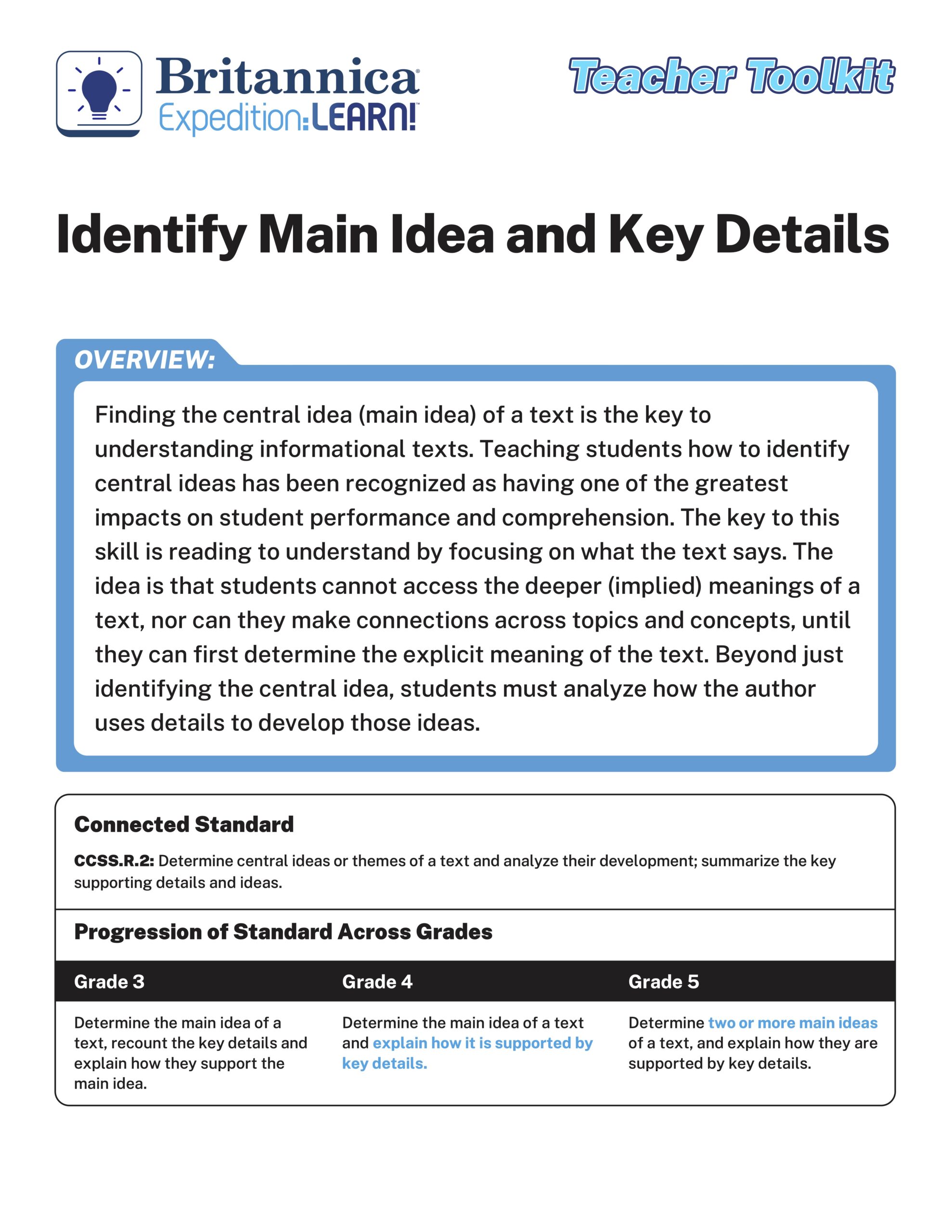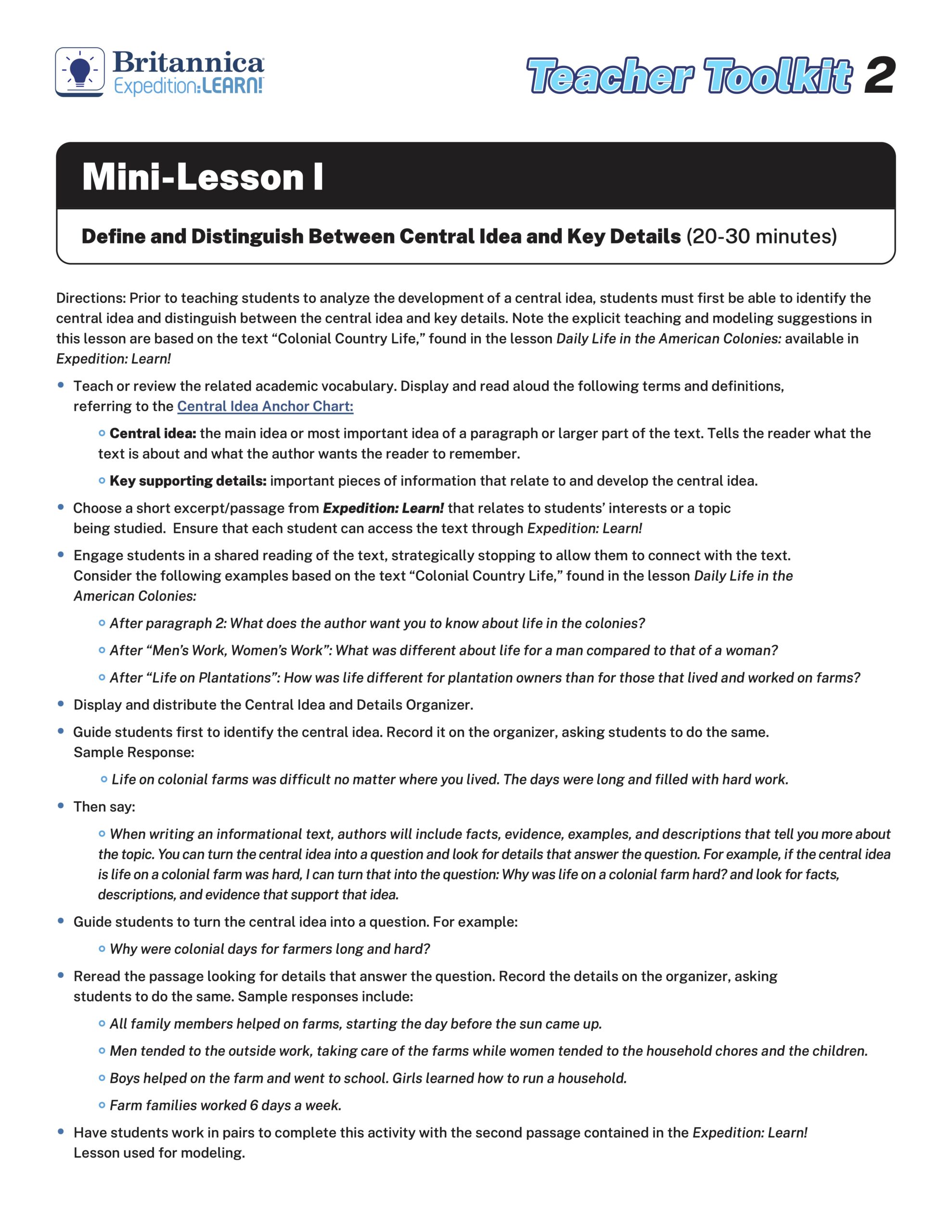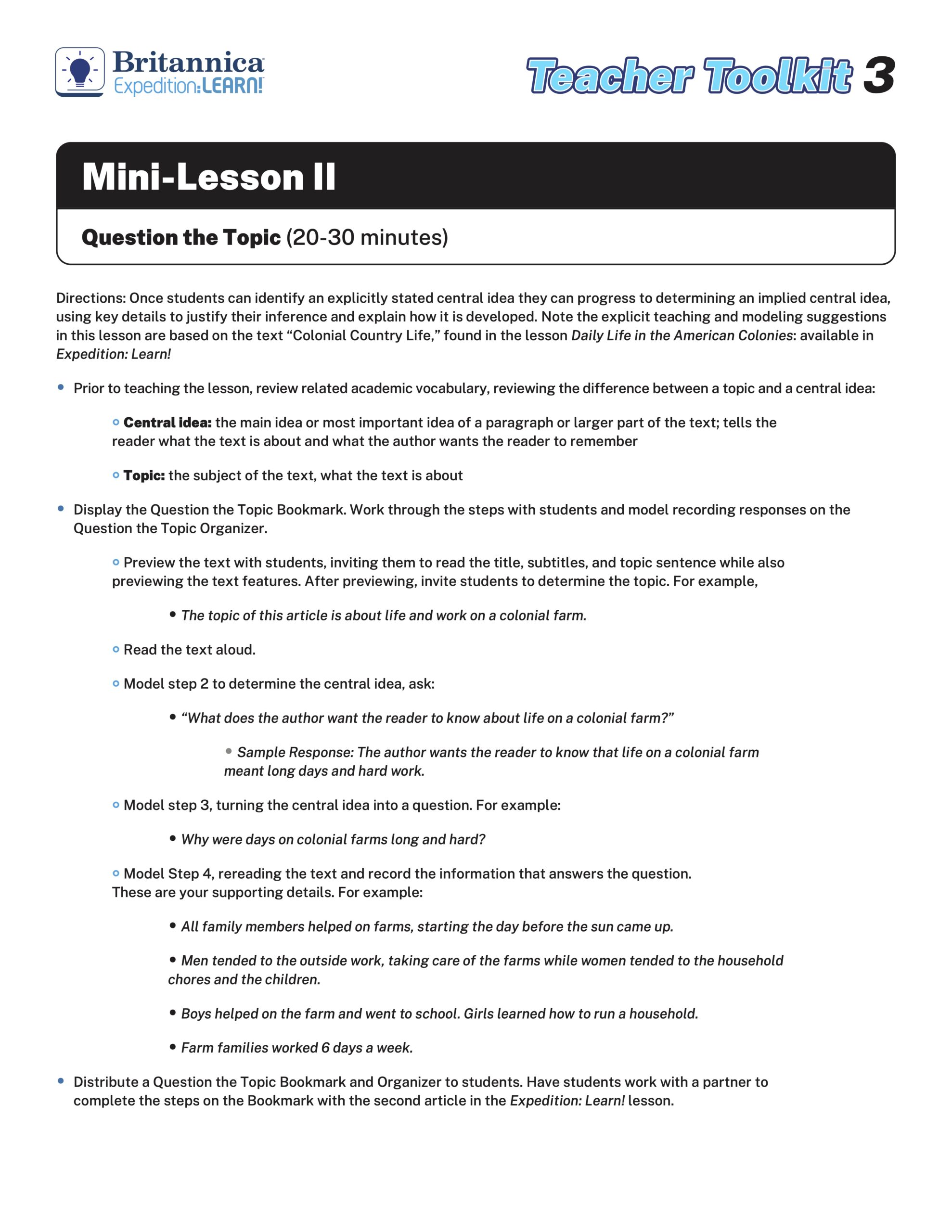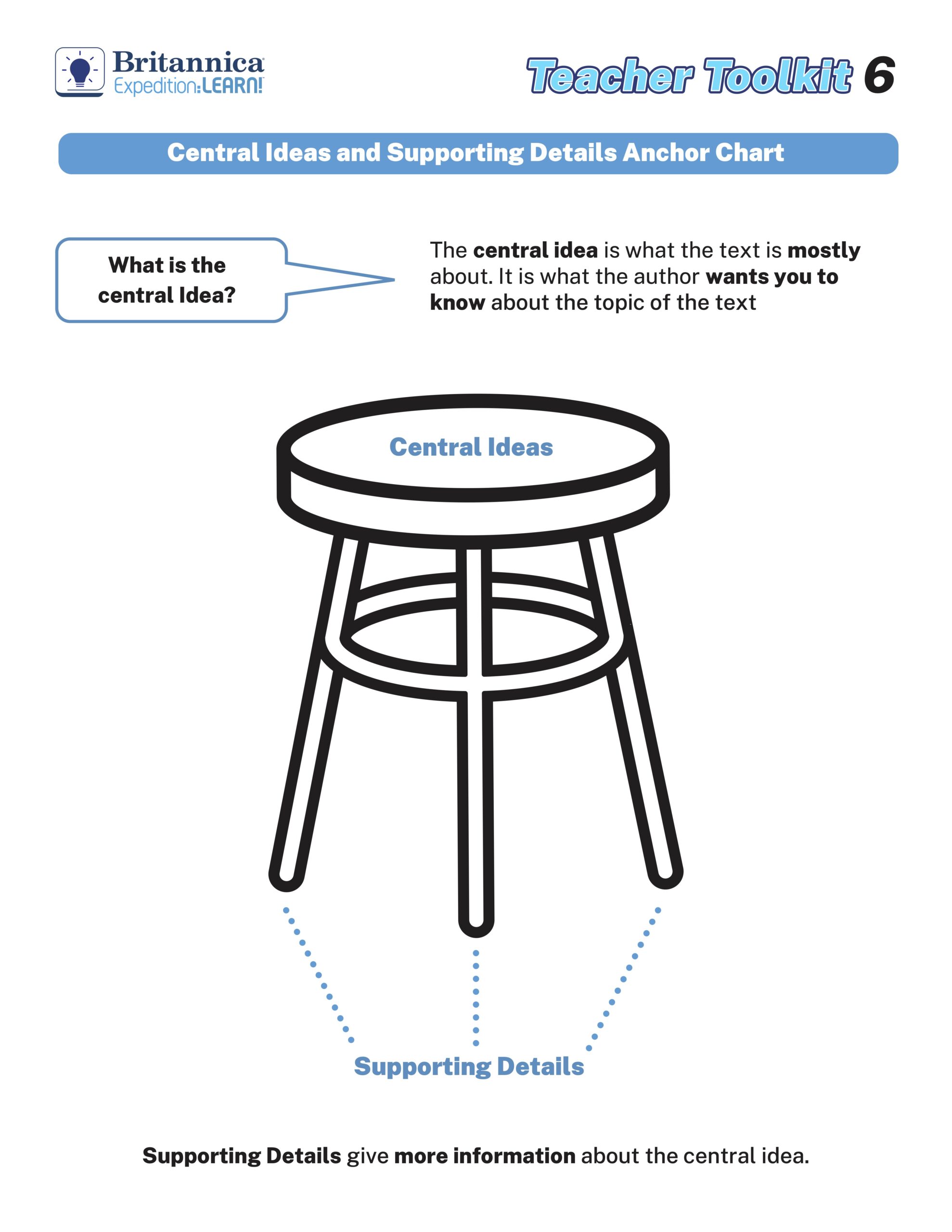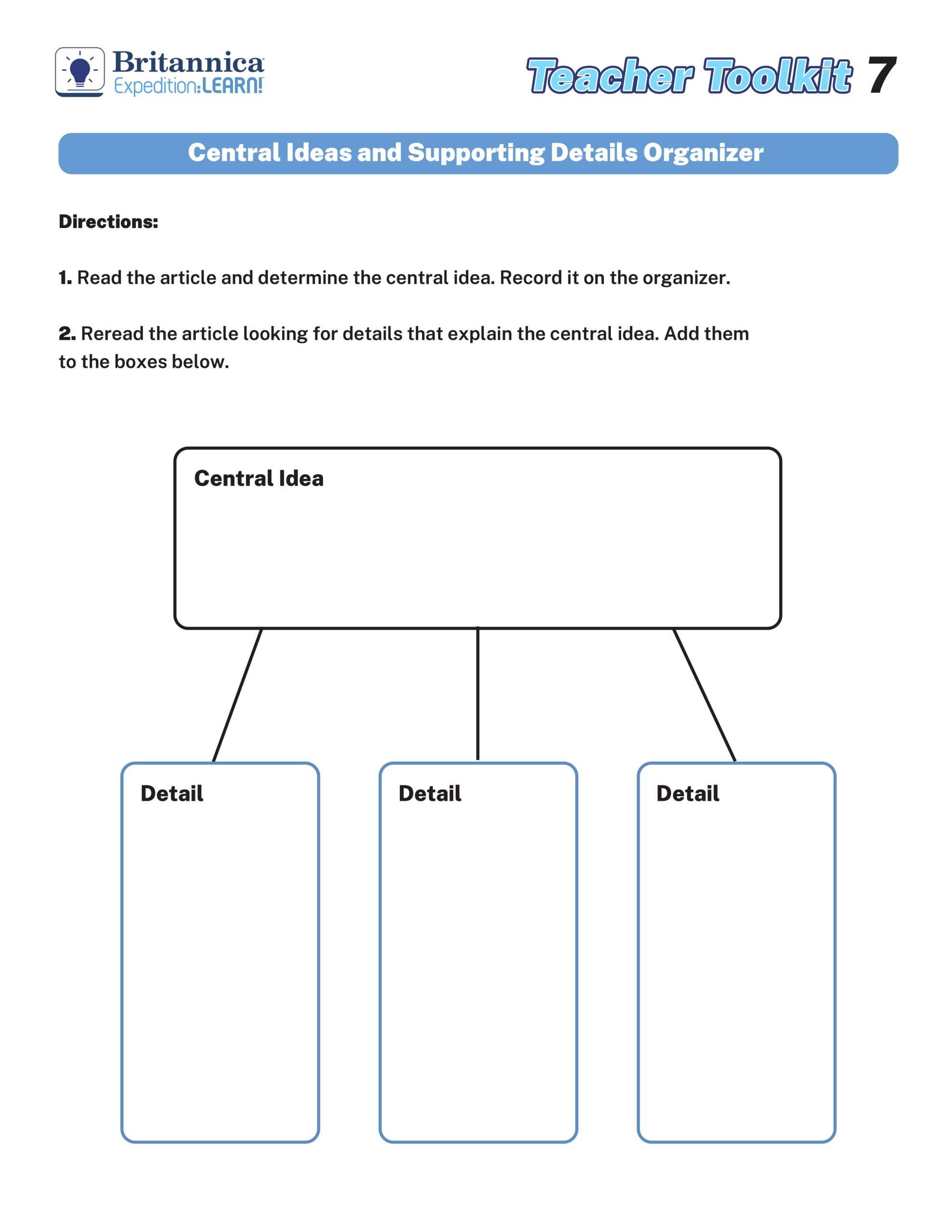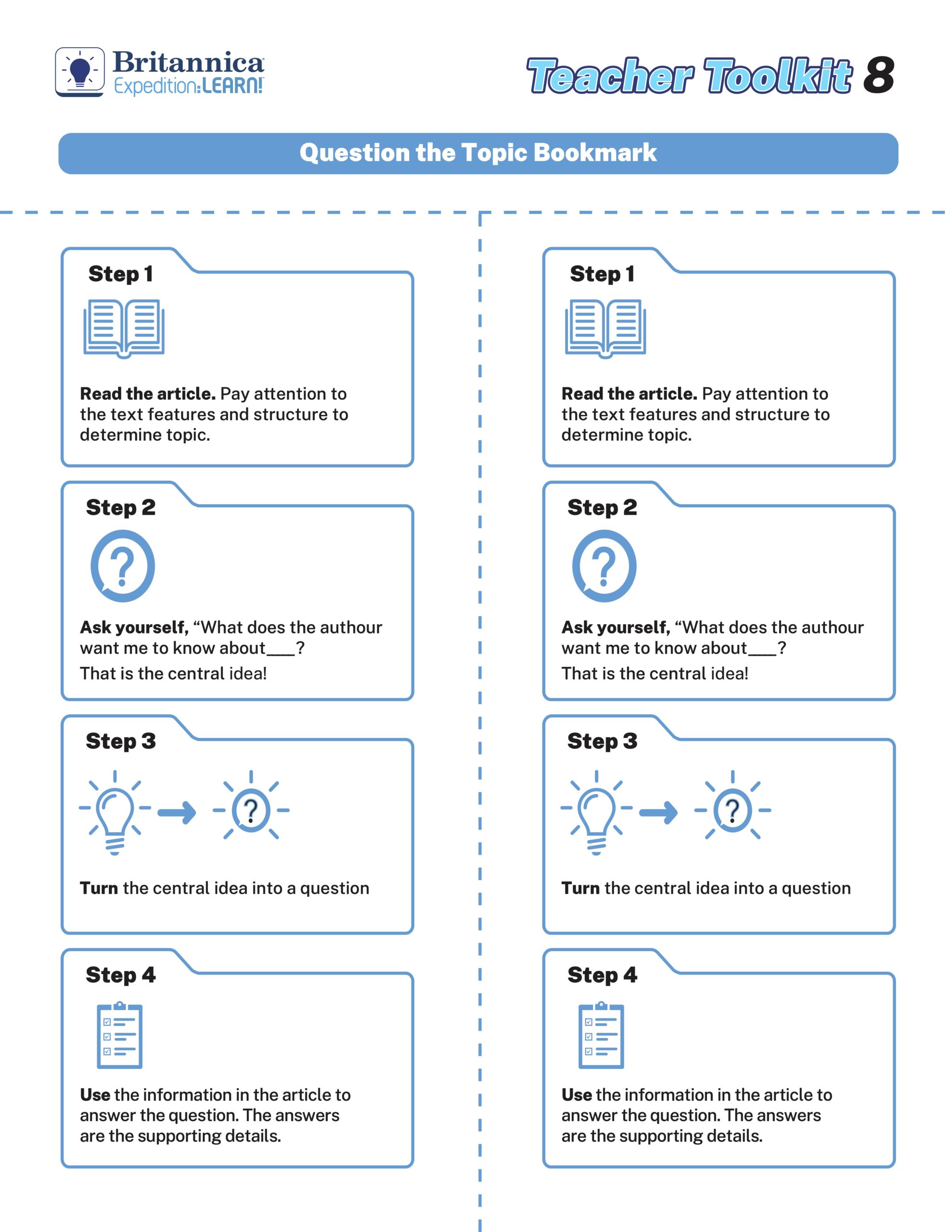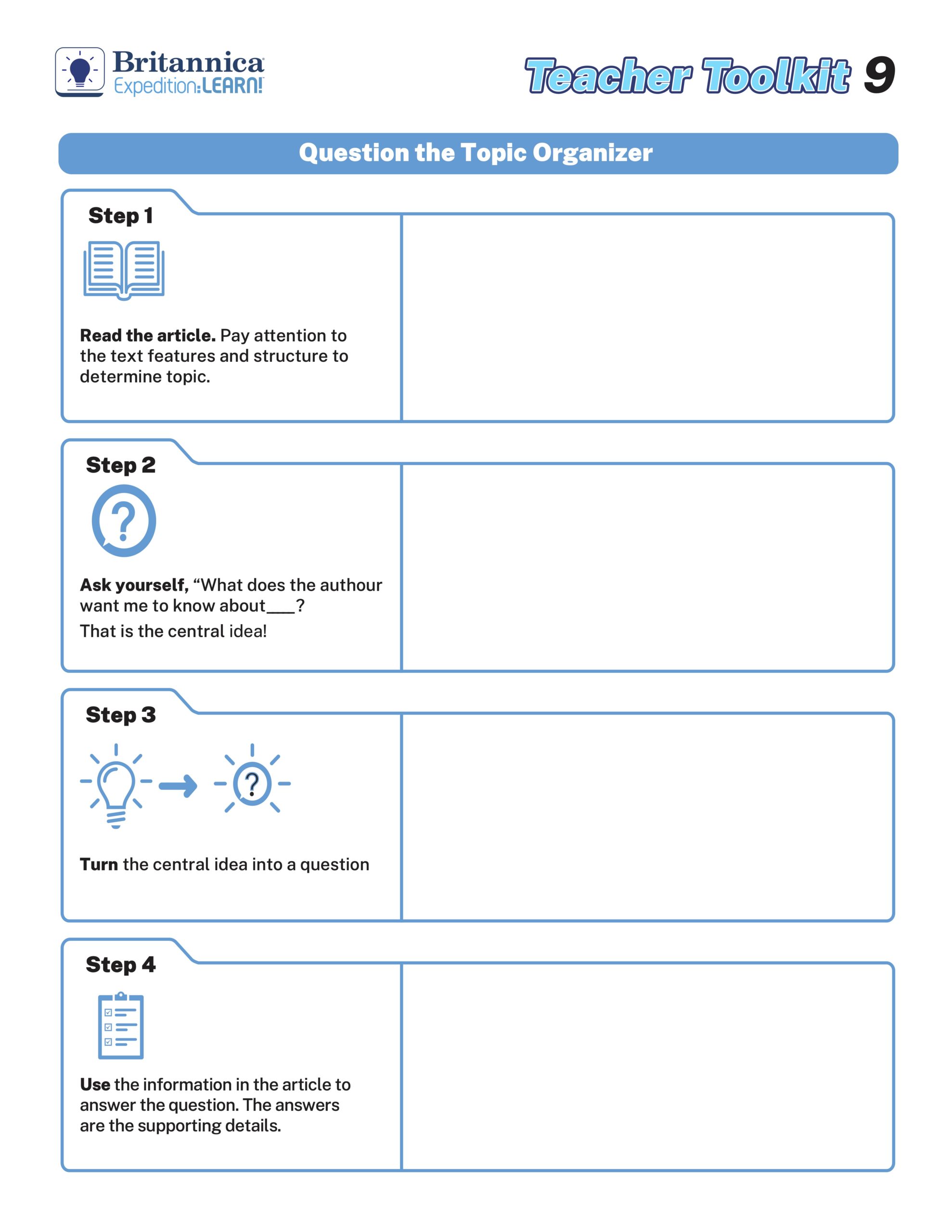Dr. Ernest Withers was one of the most talented, prolific, and socially important documentary photographers of the 20th century. He captured many of the most important figures of the movement for racial justice in the 1950s and 1960s, including Dr. Martin Luther King, Jr., Jackie Robinson, and leading Black entertainers and musicians of the day. He was also in the courtroom during the Emmett Till trial, where he captured what became one of the first iconic images of the civil rights era.
Despite the historic importance of his images, Dr. Withers’ work is not as widely known as it should be. In collaboration with the Withers family, Britannica ImageQuest aims to correct this oversight and make these images more widely available as a resource for teaching and learning about 20th-century history.
Teachers and librarians can now access the ultimate Ernest Withers collection through ImageQuest. Prior to this partnership, these images were available only through the Ernest Withers Museum and Collection in Memphis, Tennessee, or by special permission from the family. The addition of Dr. Withers’ extraordinary images to the dynamic ImageQuest database expands opportunities to bring your curriculum to life.
At a time when schools are addressing equity, social change, and the importance of diversity, the Withers images available through ImageQuest give teachers and librarians access to unique primary source material. This historic collection, used in conjunction with text and other media, facilitates teaching 20th-century American history in a unique, engaging, and powerful way.
How to use the Withers Collection in instruction:
Integrate these images into your lessons to encourage students to make meaningful connections. You can also use the resources as lesson starters, bell ringers, and engagement tools or to add context to topics and text.
Examples of ways to use the images in instruction:
- To strengthen social and emotional learning (SEL) skills. To recognize the feelings and perspectives of others and to identify and manage one’s emotions and behavior.
- To improve critical thinking, reading, and writing skills, including those related to citing evidence, summarizing, and building vocabulary.
- To use as a prompt to generate focused questions for further research and investigation.
Example questions to ask your students:
- What voice do you think is being represented in this image? Find evidence to support your response.
- What voice do you think is NOT being represented in this image? Find evidence to support your response.
- Have your thoughts or perspective been changed or challenged after examining this image? If so, describe how.
- What do you see, what do you think about this image, what do you wonder about the image?
- How does this image support the text? Provide evidence to support your response.








